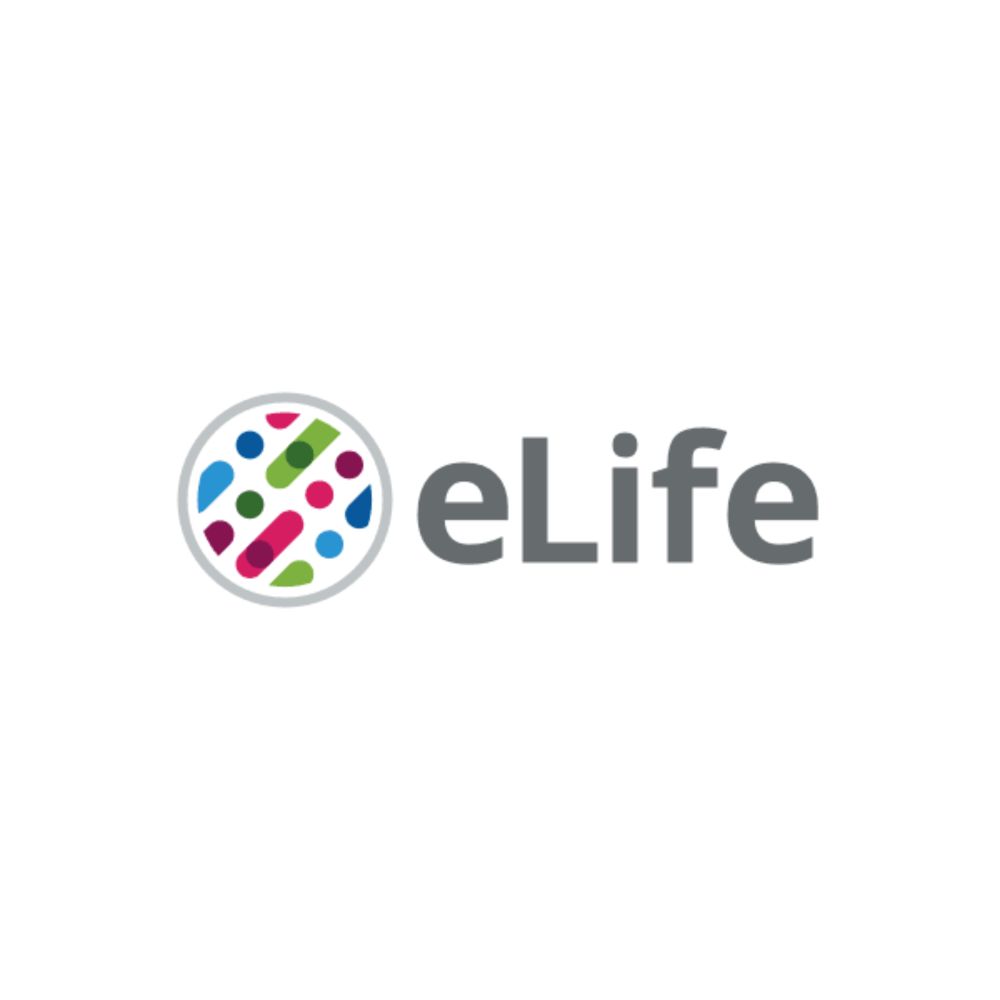
Another good Thrush migration night over Cambridge last night! Overall flight call counts comparable with 17 October, but a nice species composition shift over the few weeks, with Song Thrush having peaked and now outnumbered by Blackbird.
#nocmig #BirdTrack #CambridgeshireBirding #UKBirding
07.11.2025 22:54 — 👍 4 🔁 0 💬 0 📌 0
I also love they've now got the second language abstracts option! Meanwhile, some other unspecified publishers using a combination of multiple fonts to spell my surname (Minařík) correctly throughout our paper 😂
20.10.2025 21:34 — 👍 1 🔁 0 💬 0 📌 0
Hi, thanks! I'd love to join if you can add me 😊 If you take hobbyist nocmiggers, that is. I'm more into fish electroreception during the day 🙂
20.10.2025 21:27 — 👍 1 🔁 0 💬 1 📌 0

An impressive influx of Thrushes on the night of 12 October! After nights of birds just slowly trickling in, it all kicked off with 442 Redwing and 283 Song Thrush calls over Cambridge, plus some Wigeon, Moorhen, and a Common Sandpiper.
#nocmig #BirdTrack #CambridgeshireBirding #UKBirding
15.10.2025 11:37 — 👍 16 🔁 1 💬 1 📌 0
The call example also (in fact, mainly) including Chiffchaff also doesn't help 😅
30.09.2025 09:54 — 👍 3 🔁 0 💬 0 📌 0
The sound example they provide here is a bit confusing. There's a Chiffchaff calling in it, too - in fact, the first two sharp calls are Chiffchaff, only the third is the Yellow-browed Warbler.
30.09.2025 09:51 — 👍 1 🔁 0 💬 1 📌 0

My favourite figure from our new paper on lateral line development in Sterlet sturgeon (doi.org/10.7554/eLif...). In this one, we use targeted gene knockout and show that in (mosaic) absence of FoxG1, ectopic electroreceptors develop instead of mechanosensory hair cells!
#fishsci #evo-devo #CRISPR
25.09.2025 10:38 — 👍 4 🔁 2 💬 0 📌 0
Interestingly, while Sturgeons cannot swim backwards, they seem to be able to speak Spanish backwards 😅
16.08.2025 14:17 — 👍 1 🔁 0 💬 0 📌 0
That sounds great, thanks! Will have a look!
07.07.2025 18:52 — 👍 0 🔁 0 💬 0 📌 0
Bike twitching should be the only acceptable form of twitching! 😂 Lovely bird!
07.07.2025 13:36 — 👍 0 🔁 0 💬 0 📌 0
Thanks! Might give it a go then, but at this stage I still prefer improving my ID skills by manually raking through all the recordings 😃 Will need those later to be able to assess which classifier works best for me anyway, and how reliable they are 🤷🏻♂️
07.07.2025 13:32 — 👍 1 🔁 0 💬 1 📌 0
Thanks! No, slowly working through it, the old-fashioned way. Tried BTO Acoustic Pipeline, but seemed to be missing quite a lot of the faint calls, and misidentifying some loud ones (Wigeon/Oystercatcher being repeatedly suggested for what was a resident Little Owl). May give it another go, though.
05.07.2025 22:53 — 👍 1 🔁 0 💬 1 📌 0
Don't get too excited about the landfowl NFCs. The first one is a Quail, yay! But the other two are just Pheasants. Nocturnal migration? No. Nocturnal flight call? Yes, if a few meters worth of escape flight after being flushed by a fox, or something, counts :)
05.07.2025 22:49 — 👍 0 🔁 0 💬 0 📌 0

Maybe just for better readability, here's the same data split by major bird taxa.
05.07.2025 22:45 — 👍 1 🔁 0 💬 1 📌 0
Waders are more evenly distributed throughout the year. This will a nice one to plot by species at some later point. Same with rallids, in fact. Anyway, back to IDing now, I guess 😂
05.07.2025 16:13 — 👍 0 🔁 0 💬 1 📌 0
Overwhelming majority of the autumnal songbird flight calls are Redwing. They clearly cluster into nights with lots of movement. The concentration of rallid calls (Moorhen, Coot, Water Rail) into spring months is also nice 😊
05.07.2025 16:13 — 👍 0 🔁 0 💬 1 📌 0
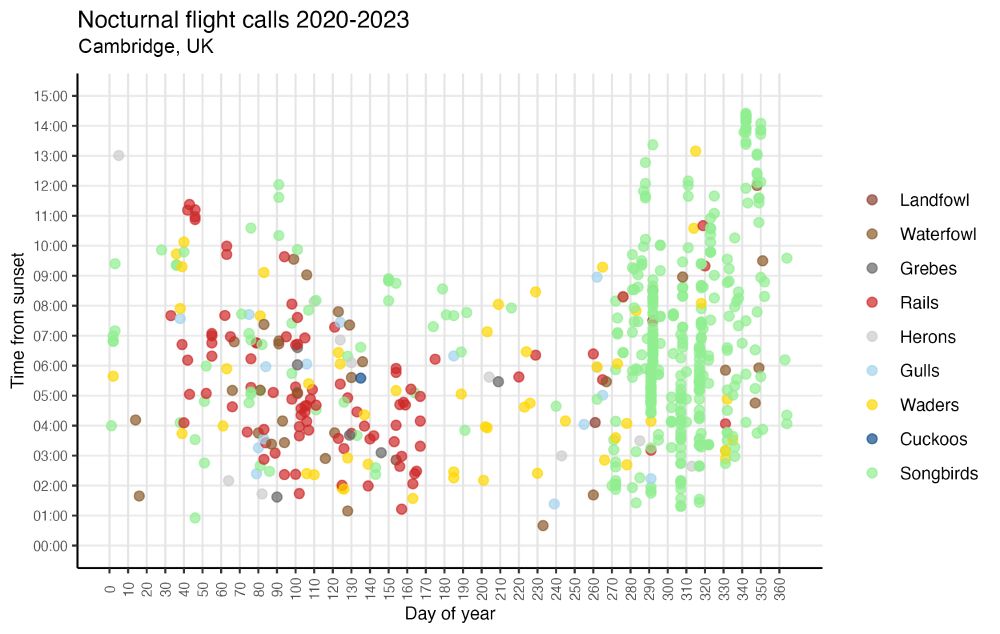
Avoiding the important steps in processing my #nocmig data (IDing a vast backlog of nocturnal flight calls from 2020-2023, and organising data from 2023 onwards), I tried to plot a subset of the calls I had already processed. A nice glimpse of what's to follow though 😊
05.07.2025 16:13 — 👍 2 🔁 0 💬 2 📌 0
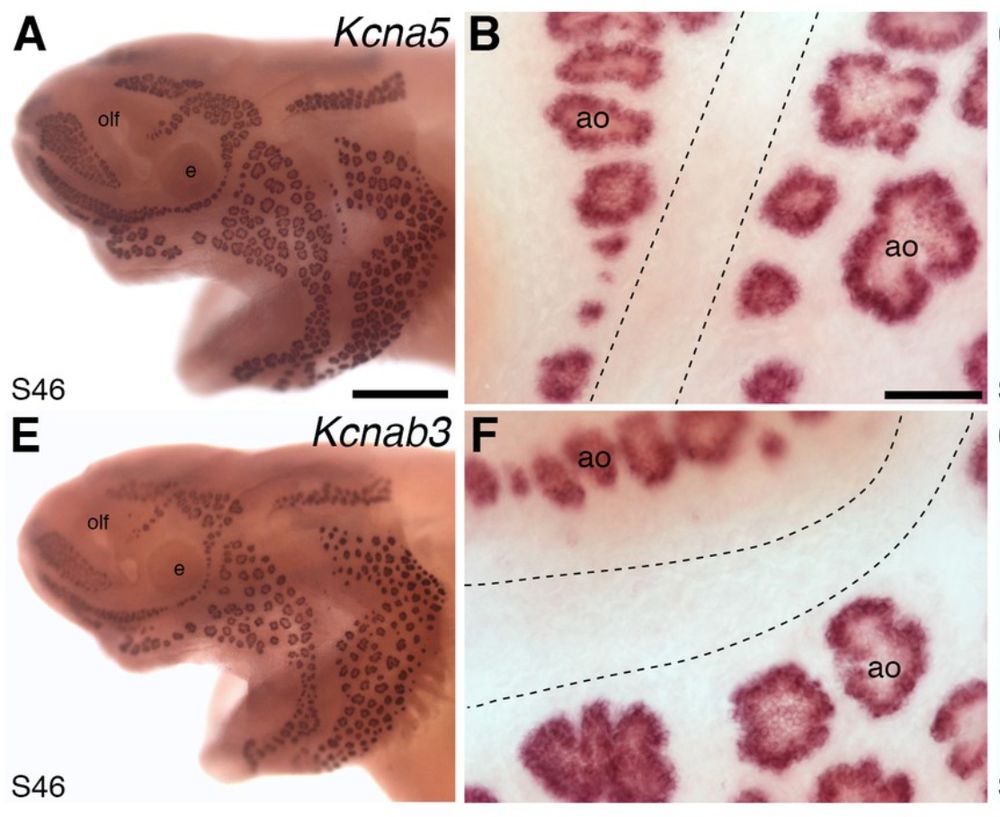
Interesting! I would have thought they'd rely on electroreception from early on, considering their head is already practically covered with ampullae of Lorenzini at the onset of feeding (doi.org/10.7554/eLif...).
11.04.2025 08:23 — 👍 1 🔁 0 💬 1 📌 0
Meanwhile, Redwing counts indicate these winter thrushes are already leaving East Anglia for Scandinavia, while Moorhens and Coots will be ramping up their territorial flights with the coming spring. Good to hear a Barn Owl above our village too, along with the usual Tawny.
24.03.2025 22:07 — 👍 0 🔁 0 💬 0 📌 0
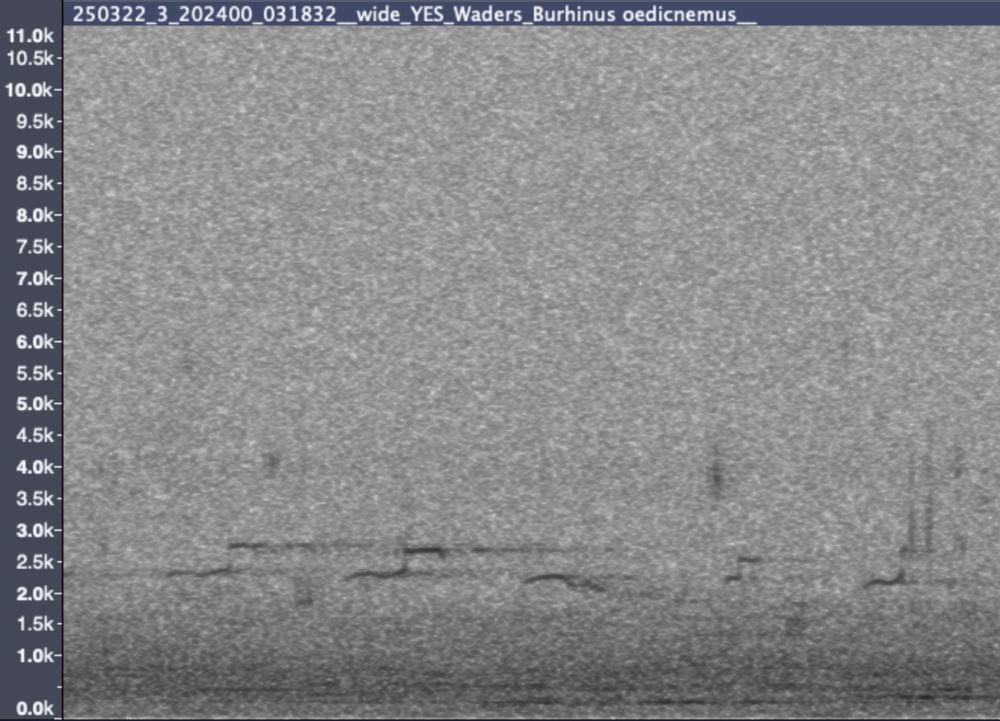
Here's a screenshot of a spectrogram of the Stone-curlew as shown in Audacity.
24.03.2025 22:07 — 👍 0 🔁 0 💬 1 📌 0
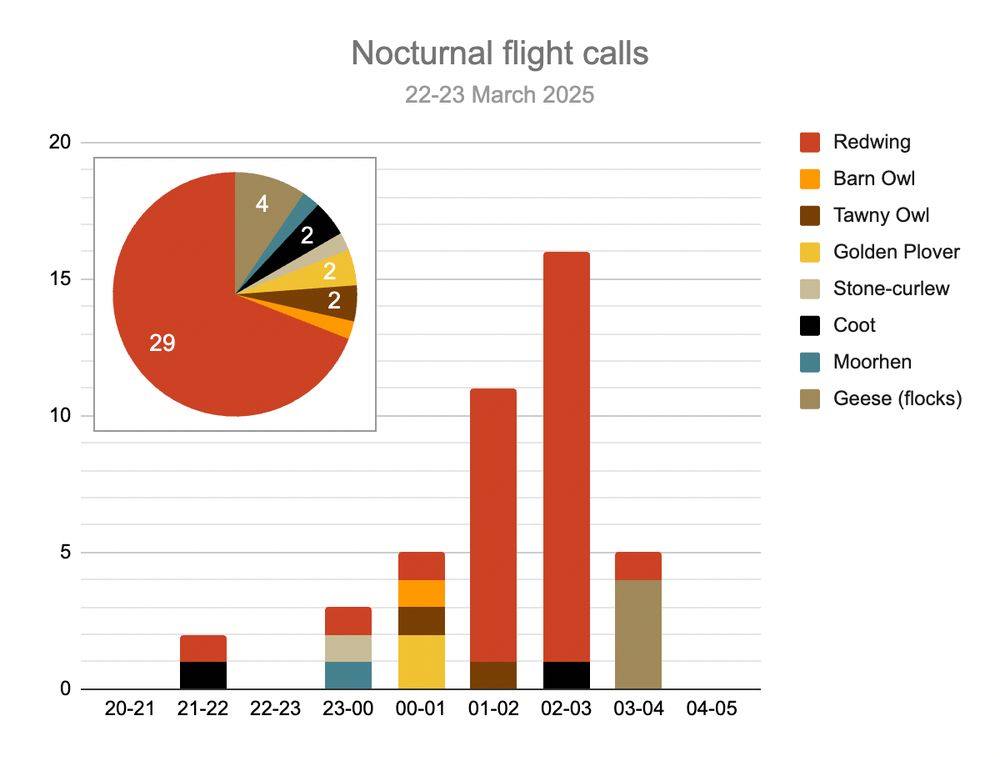
Recorded some migrating bird calls near Cambridge on Saturday night, and what a lovely surprise to hear a Stone-curlew amongst them! Same day RSPB posted a #SpringArrivalSpotlight about this rare bird on Bluesky 🙂 What a timing!
24.03.2025 22:07 — 👍 2 🔁 0 💬 1 📌 0

After you posted this, a Stone-curlew flew over our Cambridge garden the following night 😊
24.03.2025 21:50 — 👍 0 🔁 0 💬 0 📌 0
Common Frogs going at it during the sunny spell this weekend. Video sped up 5x, sound is in original speed to appreciate the impressive chorus of croaks. #frogspawn
10.03.2025 20:36 — 👍 2 🔁 0 💬 0 📌 0
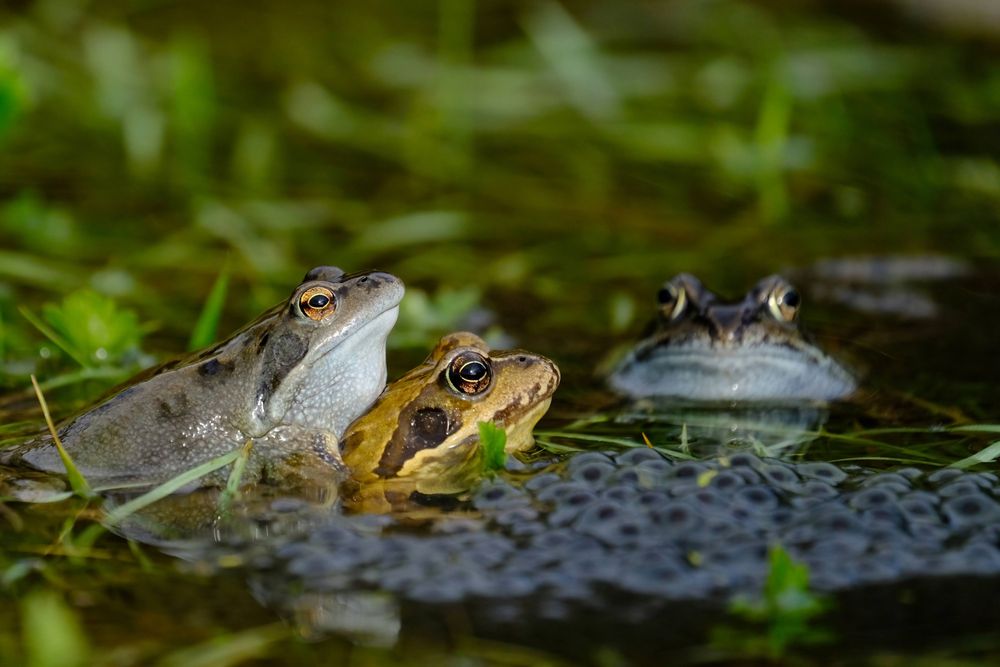
Common Frogs taking the most of the UK's lovely spring weather this weekend.
10.03.2025 20:30 — 👍 1 🔁 0 💬 0 📌 0
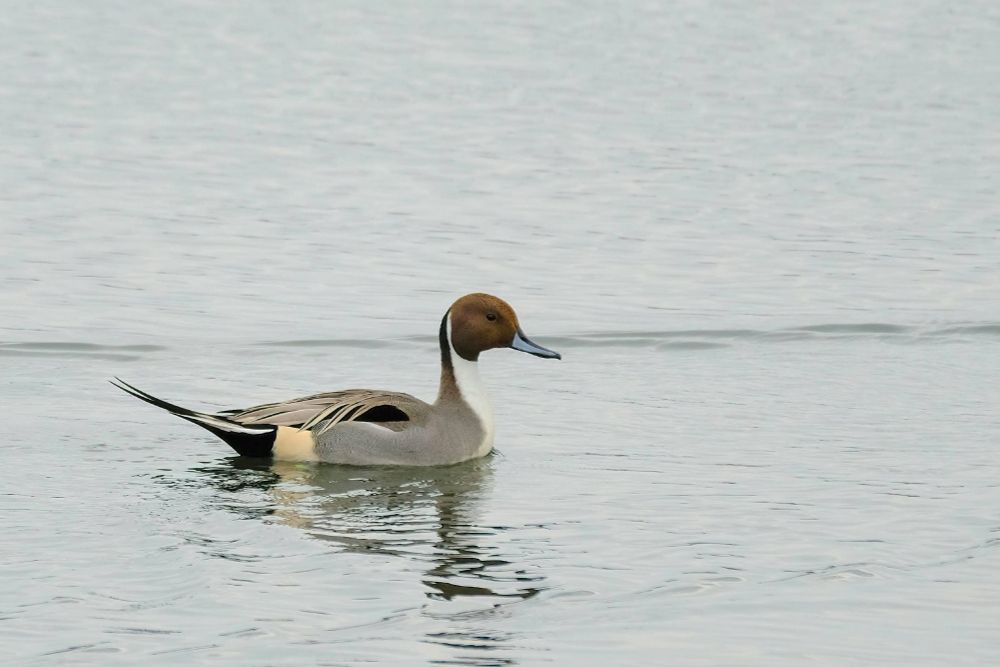
Being used to Nothern Pintails staying so far out on open water that they usually occupy just a few dozen pixels on my desperate photo attempts, this one was quite a nice surprise on our brief stopover on Dernford reservoir near Stapleford, Cambs today 😊
16.02.2025 22:28 — 👍 0 🔁 0 💬 0 📌 0
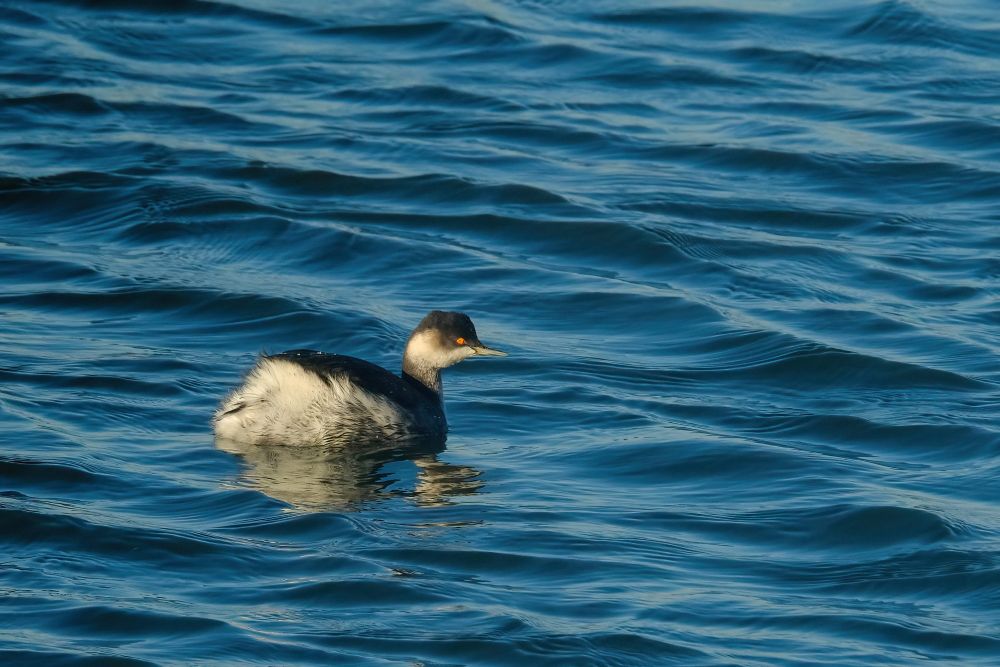
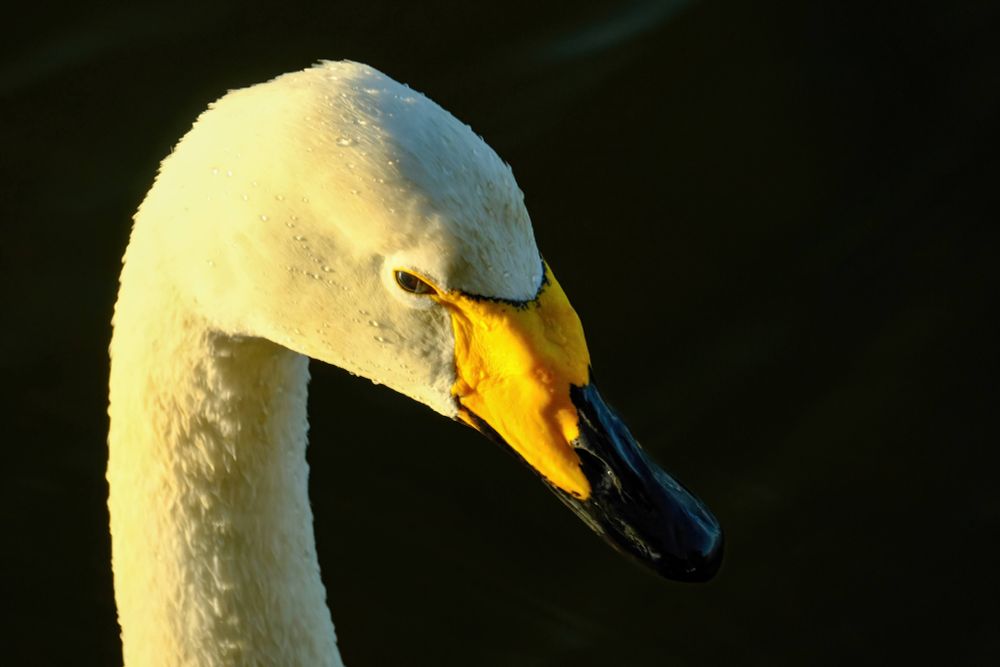
Celebrating the #WorldWetlandsDay with a visit to WWT Welney today 😊
02.02.2025 20:58 — 👍 1 🔁 0 💬 0 📌 0
Continuous Electrical Signals from the Tail of a Fish, Gymnarchus niloticus Cuv. - Nature
Nature - Continuous Electrical Signals from the Tail of a Fish, Gymnarchus niloticus Cuv.
"at a distance of 100 cm in Cambridge tap water, signals of approximately 30 μV were observed."
🔌🐟 Time to pour myself a glass of the stuff, and gulp proudly on the medium in which the electric field of Gymnarchus was first characterised by H. W. Lissmann in 1951 😊
www.nature.com/articles/167...
10.01.2025 15:54 — 👍 1 🔁 0 💬 0 📌 0

Happy 2025 everyone! The attached New Year's card features some of my wildlife encounters from last year. My favourite amongst them is a lizard, Algerian Psammodromus, unusual amongst European species by its ability to produce audible distress calls 📣🦎 Also stunning to look at.
01.01.2025 19:13 — 👍 1 🔁 0 💬 0 📌 0
Birder, ringer, moth(er) and mother. Head of Surveys at BTO, BB Editorial Panel, BB Director, BBRC, Chair RBBP. EBCC Board. Views my own. She/her.
Professional bird surveyor / early-career ornithologist, working in Scotland
PhD student interested in evo-devo studying cichlid fish pigmentation in Santos lab, Uni of Cambridge | Now based near Oxford | she/they
Birder, artist, sound recordist, data scientist at BTO; One half of Alula Designs. Views my own
The Centre for Research Informatics Training of the School of Biological Sciences organises high-quality, hands-on training courses in bioinformatics and computational biology, targeting all audiences, from undergraduate to postgraduate level and beyond.
Free online and in-field tool for your bird sightings, run by @btobirds.bsky.social Make your records work for birders and conservation science: join the community! #BirdTrack
www.birdtrack.net
Leading a research lab with Elena Casacuberta. We aim to unravel how #protists evolved into multicellular animals.
#Multicellularity #Ichthyosporea #holozoans #filastereans #development #diversity #genomes #modelsystems
https://multicellgenome.com
We use live confocal imaging and optogenetics to investigate mechanics and cell polarity during epithelial organ morphogenesis
Bird writer for hire. Author of Flight Paths: How a Passionate and Quirky Group of Pioneering Scientists Solved the Mystery of Bird Migration. She/her. https://linktr.ee/r_heisman
I’m a wildlife photographer and bird nerd 📷
I research old dead birds 🦖 while watching live ones 🦆
20% of my profits go to charity! 🛍️
Gracekb.com/storefront
Founded in 1857 as Cambridge Entomological Society. CNHS is open to everyone interested in natural history: palaeontology, conservation, entomology, ecology, zoology, geology, botany.
Research, news, and commentary from Nature, the international science journal. For daily science news, get Nature Briefing: https://go.nature.com/get-Nature-Briefing
🦅 Looking for a postdoc position 🦅
Ornithologist 🐦 Ethologist 🦉 Ph.D. in Cognitive Ethology 🦅 Avian Cognition 🐦⬛ Predator-Prey Interactions 🦤 Predator Recognition🦜
https://www.researchgate.net/profile/Ondrej-Fiser-2?ev=hdr_xprf
Embryologist interested in how organs grow, adapt and evolve 🫀🔬 Transition Fellow at IDRM, Oxford. Previously postdoc Francis Crick Institute, PhD Cambridge.
Pumped about hearts, microscopes and morphospaces.
the Node is a community site for and by developmental and stem cell biologists, covering news, meetings, and research. Hosted by Development @dev-journal.bsky.social @biologists.bsky.social. #DevBio #StemCell
https://thenode.biologists.com
Journal of Experimental Biology is the leading journal in comparative physiology
Development is a leading research journal in the field of developmental biology, covering stem cells, regeneration, evo-devo, epigenetics, morphogenesis and more. @biologists.bsky.social
The funder-researcher collaboration and open-access publisher for research in the life and biomedical sciences.
Follow @eLifeCommunity.bsky.social
I am a science correspondent for BBC News. I post mostly about science, sometimes science journalism and very occasionally, Spurs. Please share any hot stories, ideas and opinions on all three and anything else currently inspiring you.
Fish Scientist & Prof, aka “The Gar Guy” | 🌎Freshwater Conservation | SciComm • GarLab | Views mine | he/him | #GarWeek
Wherever you go, there you gar
https://linktr.ee/solomonrdavid • @garlab.bsky.social



